Resurrection Life Church
Project was initially designed and priced @ $40M, then shelved due to cost. After sitting on the shelf for a couple of years I approached RLC and suggested there may be a different way to accomplish their goals for a lower cost.
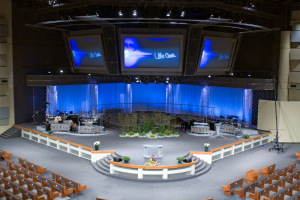
We spent $50K updating the documents to then current codes and re-priced with a CMAR approach. Less than 24 months later RLC celebrated their first service in the new facility that exceeded expectations with final cost under $32M.
Bud Murphy Building
Project was design/build new construction of two story 20K sqft office building. Contractor was a “friend” that would help “save” money. The project was nearing completion, only lacking final paint and floor covering when the work stopped. 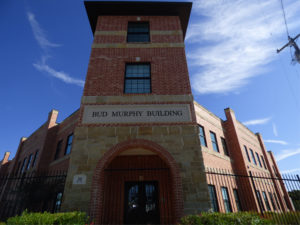 After several month of no activity I was asked to take over the project. Inquires with the local building officials confirmed the construction was not code compliant. In addition, review of the exterior window installation for air/water infiltration concern exposed severe structural issues with the building. All exterior brick was removed, structure corrected, air/water infiltration issues addressed, the missing required fire protection installed, electrical and plumbing brought up to code.
After several month of no activity I was asked to take over the project. Inquires with the local building officials confirmed the construction was not code compliant. In addition, review of the exterior window installation for air/water infiltration concern exposed severe structural issues with the building. All exterior brick was removed, structure corrected, air/water infiltration issues addressed, the missing required fire protection installed, electrical and plumbing brought up to code. 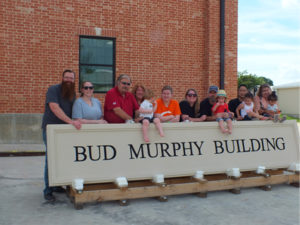 Unfortunately the client did not “save” the money they were promised and their move was delay 12 months. However we were able to recover damages from the original contractor/sub-contractors to help offset a substantial portion of the additional cost.
Unfortunately the client did not “save” the money they were promised and their move was delay 12 months. However we were able to recover damages from the original contractor/sub-contractors to help offset a substantial portion of the additional cost.
Gateway – working with the city and state
A key part of successful church is traffic flow into and out of the church parking lot. Gateway Church is located on a major highway with an exit/on ramp for the westbound traffic. The challenge came for the eastbound exiting traffic.
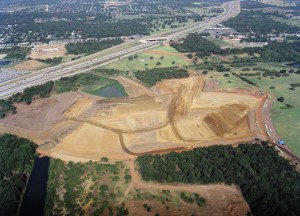
The addition of an overpass would provide the needed relief however the State Department of Transportation (DOT) only works with public municipalities, not to mention funding the $2M cost. We were able to develop a consortium of two private and two public entities to work with the DOT to secure the required approvals. The funding was split 50/50 between the DOT and the consortium. Each consortium member contributed only $250K. In addition, the project was completed in less than 18 months. 18 months from development of the consortium to vehicles driving on the overpass. The State DOT and civic leaders use this model as an example of private/public sector working together.
Gateway Church
Gateway’s then current facility’s limited auditorium seating, children’s classrooms, and parking was adversely impacting growth and detrimental to church staff required to support 6 services each week-end. Gateway purchased land and started dreaming about a new facility that would solve the challenges of their current facility. We completed a needs assessment study to confirm basic programming needs along with financial viability. 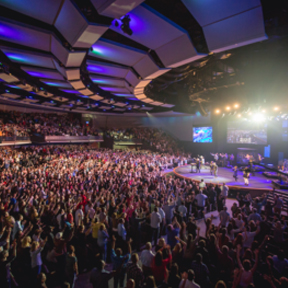 Church leadership approved the $86M for a 4,000-seat auditorium with corresponding children’s classroom, ancillary space, and suitable parking. A state of the art audio/video/lighting/rigging (AVLR) was a late addition to the project requirements increasing the AVLR budget 130% with out increasing the overall project budget. Project funding was adversely impacted by a market downturn and banking crisis that added challenges to the overall project schedule. The project was ultimately completed 3 months ahead of the projected scheduled completion date and $4M under the original budget (even with a $4M increase in the AVLR line item)
Church leadership approved the $86M for a 4,000-seat auditorium with corresponding children’s classroom, ancillary space, and suitable parking. A state of the art audio/video/lighting/rigging (AVLR) was a late addition to the project requirements increasing the AVLR budget 130% with out increasing the overall project budget. Project funding was adversely impacted by a market downturn and banking crisis that added challenges to the overall project schedule. The project was ultimately completed 3 months ahead of the projected scheduled completion date and $4M under the original budget (even with a $4M increase in the AVLR line item)
HighRidge Church
HRC continues to experience significant growth, so much so that they are fast outgrowing their current facility. Lead Pastor Jeff Klingenberg cast the vision for a new facility and the church responded 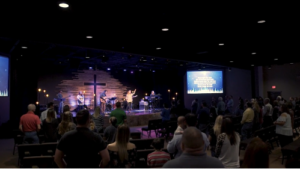 with funding to purchase land required to build a new facility. We worked with Church leadership to answer three key questions, What do you need, When do you need it, and How are you going to pay for it. We lead the process to select the design and construction team that could help with concept design and develop a preliminary cost model. These tools are helping HRC develop funding strategies to provide a new facility that meets program needs and HRC’s budget model.
with funding to purchase land required to build a new facility. We worked with Church leadership to answer three key questions, What do you need, When do you need it, and How are you going to pay for it. We lead the process to select the design and construction team that could help with concept design and develop a preliminary cost model. These tools are helping HRC develop funding strategies to provide a new facility that meets program needs and HRC’s budget model.
